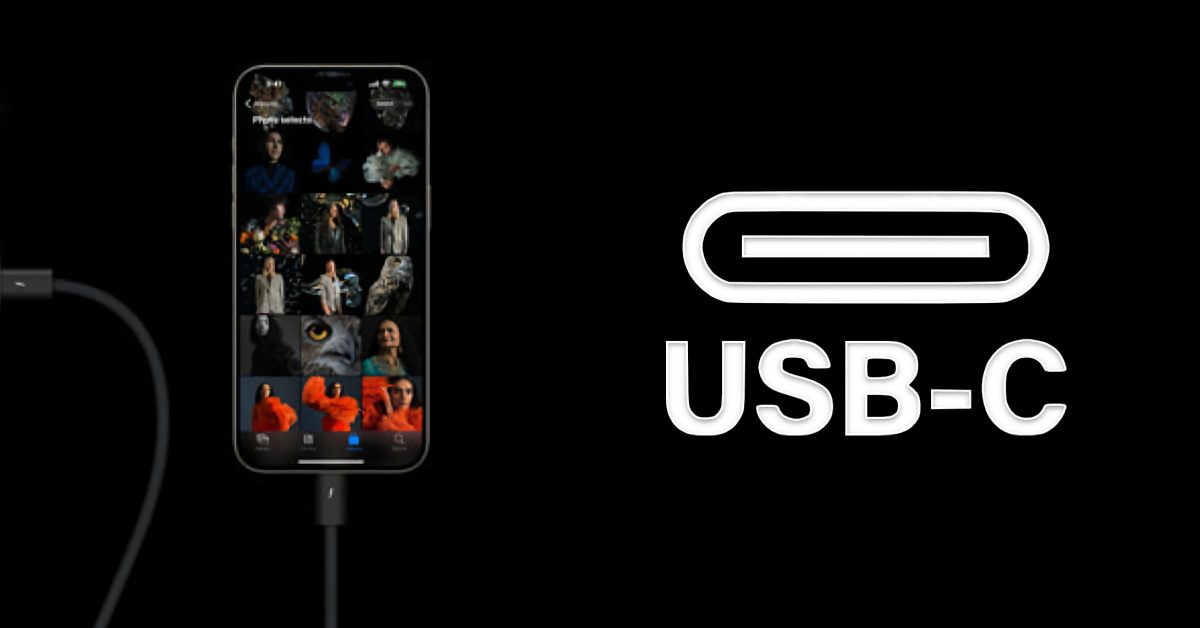Discover the endless possibilities of connecting devices to the iPhone 15 with USB-C!

Apple has officially said goodbye to the Lightning port on its new iPhone 15 and iPhone 15 Plus models, replacing it with the more versatile and universally accepted USB-C port. The move, which has been long-awaited by many users, opens up a whole new world of convenience when it comes to connecting accessories and peripherals to the iPhone. The iPhone 15 Pro and iPhone 15 Pro Max, in particular, have taken the USB-C game one step further by supporting USB-3 speeds with up to 10 Gbps data transfer speeds. This means that users can now easily connect displays, external storage, cameras, and charge their iPhones using the same cable as all their other devices.
The decision to switch from Lightning to USB-C was influenced by the fact that Apple had already begun adopting the USB-C standard across its Mac and iPad models since 2015. USB-C is not only versatile, carrying both power and data, but it also offers higher data transfer speeds, which is a significant advantage over the Lightning port. Additionally, with the push towards USB-C in the Android smartphone market, it made sense for Apple to make the transition.
One of the major benefits of the USB-C port is the ability to charge multiple devices using the same cable. With most iPads and all Macs already featuring USB-C ports, users are close to being able to use a single cable to charge all of their devices. The newer Apple TV and AirPods Pro also come with a USB-C charging case, further showcasing the expanding ecosystem of USB-C peripherals.
In addition to universal charging capabilities, the USB-C port on the iPhone 15 also allows users to connect to external displays without the need for clunky dongles. Users can now simply output to a screen directly using a USB-C to HDMI cable, enabling them to display their iPhone screen on a 4K TV or monitor with ease.
Additionally, the USB-C port also allows users to connect hardware keyboards, wired internet, and high-end headphones across multiple devices, including the iPhone, iPad, and Mac. Overall, the adoption of USB-C as the standard connector for the iPhone 15 brings a host of new capabilities and opportunities for users to expand the functionality of their devices. With the technological landscape constantly evolving, Apple’s move to embrace USB-C signals a step forward towards a more universal and user-friendly connectivity standard across all devices.
